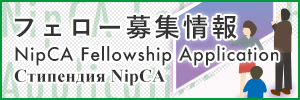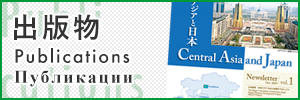Overseas Language Training Russian C Implementation Report
School of Science and Engineering, College of Policy and Planning Sciences
Shibata Aoi (3rd year)
- Purpose
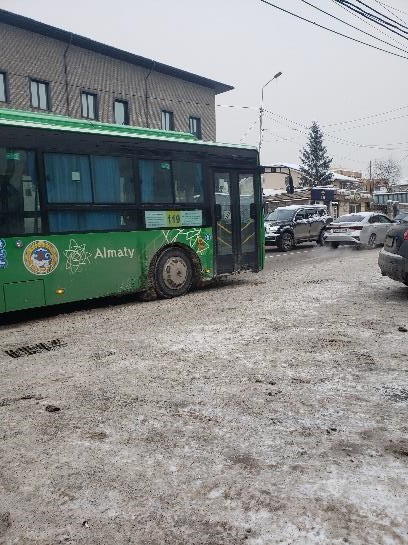
First, by putting myself in a place with a completely different language, religion, and geography, I need to increase my curiosity. Also, to know the culture of Kazakhstan through Russian and Kazakh languages. Next, see and experience Kazakhstan’s transportation infrastructure for myself. I would like the opportunity to learn how public transportation is operated in Kazakhstan. The Chinese-made Golden Dragon Bus is being introduced on a large scale, and LRT systems are scheduled to begin operation in Astana and Almaty, so I would like to see what it’s really like.
- Public transportation
There is only one metro line and about 130 bus routes with 800 vehicles *¹. There were various types of buses, such as two-unit articulated buses, microbuses, and some trolleybuses. There were several types of bus stops. In the suburbs (such as towards Aksai), there were many simple bus stops, and even small routes using minibuses often only had signs. In urban areas, buses generally stop at every bus stop, but in suburban areas, passengers must ask to get off. However, the signs are the same as normal road signs and are difficult for pedestrians to understand.
Figure2:Shed(signage) Figure3:Shed(Design Competition) Figure4:Sign(setback) Figure5:Sign only
Bus locations can also be viewed on the map application. It was easy to use the seamless specifications, such as searching by route number and indicating the expected arrival time when setting the route. In Japan, the location information of Toei buses can be displayed on Google Maps, but in other regions, bus operating companies are different and each company has its own website to provide bus location information. However, it is also true that in metropolitan areas, subway systems are well developed, so there is little demand for information about buses.
Personally, I wanted to see how much traffic congestion and comfort would be affected if Almaty’s bus routes were converted to LRT and other relatively high-capacity traffic. In addition, there is a lot of overlap in routes, and we believe that convenience can be improved by optimizing route layouts and timetable designs. It is expected that this will improve the waiting time rate. I like seeing lots of people walking around town, so I’d be happy if the LRT system were to develop.
The walking environment in urban areas was comfortable (Figure6), and there was a strong impression that separation of pedestrians and vehicles (for light vehicles) had been advanced. As an aside, I really like the way the bicycle lanes detouring just before the bus stops (Figure7) and the way the sidewalks are lowered.
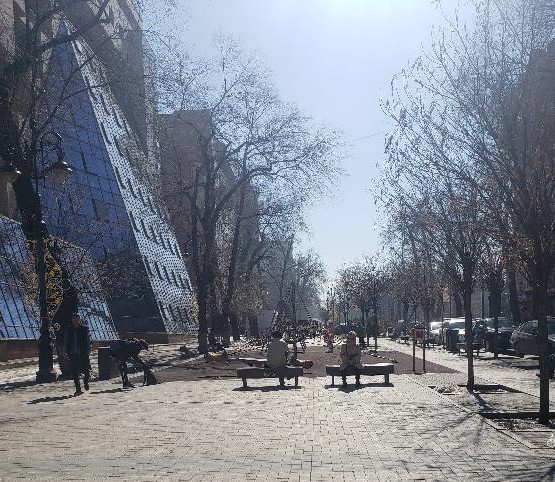
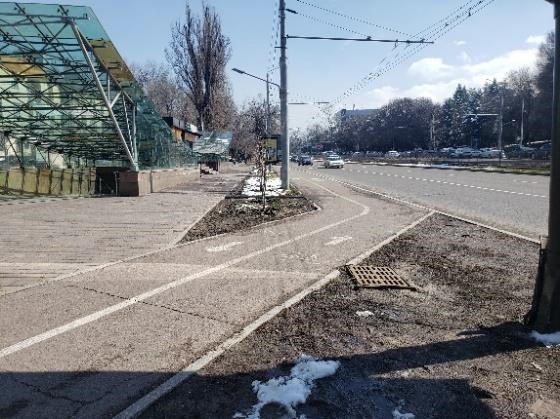
- Life in Almaty
This training session was a homestay. There was a Kazakh life that I learned about by spending time with my host family. In addition to the food, it was also great to visit the road built by the Japan internees in the mountains in the southern part of the city with my host family (Figure8). One of the most memorable experiences was playing a board game called Catan at home. I usually spoke Russian with my host mother and English with my host brother, but when we played Catan, we all spoke in Kazakh. During my stay, there were few occasions when I used Kazakh in my daily life, so it was a refreshing and pleasant experience. Thanks to this, wood, brick, sheep and stone have been added to my Kazakh vocabulary (Figure9). When I asked Kazakhs about their usual language, many of them said that they use Kazakh at home and Russian outside. I also enjoyed visiting the several theaters in the city (for theatre, folk theater, ballet, opera, etc.). Each has its own theater and can be viewed at a relatively low cost. There is also a puppet theater and a music hall for children, and I was surprised by the quality of the arts field. As well as the performance itself, the architecture and staff uniforms which imitated traditional clothing were a lot of fun to see. I also had the opportunity to visit a variety of facilities, including a winter sports complex, urban park, and botanical garden. All were easily accessible from the city center.
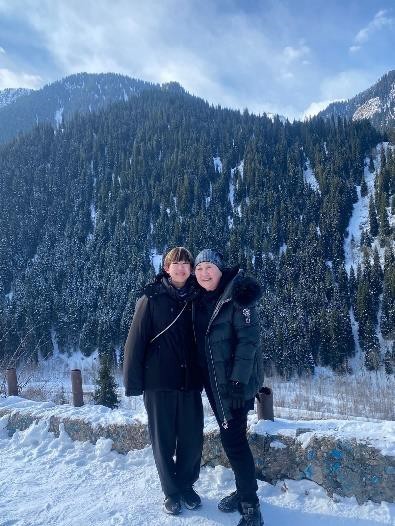
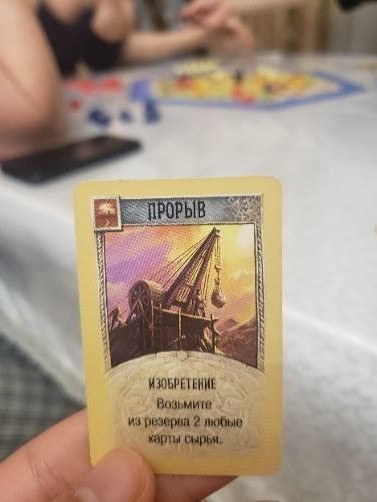
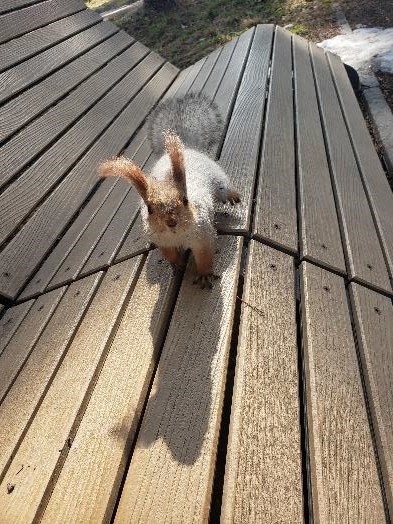
- At last
During this stay, I was able to get to know Almaty’s transportation to the fullest. It was interesting to see that the roles of subways and buses were reversed compared to Japan. The bus route, which passes through small hubs rather than connecting major facilities and stations, is a form that I like because it fits into everyday life. However, I would like to see a change in the current situation where there are too many cars in urban areas. In this sense, I realized that improving the comfort of public transportation is necessary, and that my interest remains the same regardless of location.
Another major achievement of this training was that I was able to get to know the Kazakh people. The traditional view of family was clearly evident, and the daily communication through chai was refreshing and enjoyable. It was also pleasant to learn Dombra from the host brothers, to discuss languages of interest, and to broaden the topics of conversation through common interests. I also met a high school student from Semey who is aiming to attend a university in Japan. I also met a high school student from Semey who is aiming to attend a university in Japan. A young photographer who spoke to me at the coffee shop told me about a specialty coffee shop in Almaty, and through him I was also able to participate in a cupping session with local baristas. In addition to Kazakhs, I also met a barista from Senegal and a Russian pianist.
However, at the same time, I realized that this time I was merely living in Kazakhstan as a foreigner, and to truly understand the Kazakh people and their way of life, I still needed to know the language. Next time I visit Kazakhstan, I hope to be a little more fluent in Russian or Kazakh. In the past, I often learned languages out of a vague interest, but by spending time there, I was able to gain a clear reason to learn a language. I thought that knowing the language would lead to knowing the culture, but in fact, I believe that only by using the language and entering into that society can one truly know the culture. Learning a language is interesting in itself, but I want to be able to have even more fascinating experiences beyond that.
- References
*1. “PUBLIC TRANSPORT OF ALMATY CITY”, Official Internet – resource of public transport of Almaty (alatransit.kz) https://alatransit.kz/en(Reference 2024-2-8)



